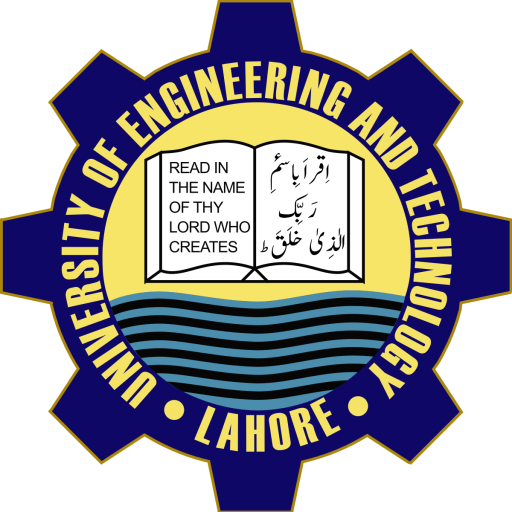Effect of Laser Welding Parameters on the Microstructure and Mechanical Properties of Dissimilar Al-6005 and Al-5754 Alloys for Automotive Applications
Project Supervisor: Dr. Muhammad Zubair; Co-Supervisor: Prof. Dr.-Ing. Furqan Ahmed
Reducing vehicle weight is crucial for improving fuel efficiency and minimizing environmental impact, as it leads to significant fuel savings, lower greenhouse gas emissions, and conservation of natural resources. Aluminum alloys have emerged as a top choice material for automotive applications due to their excellent strength-to-weight ratio, corrosion resistance, and recyclability. A car is made up of around 6,000 parts, which are normally bonded using various joining processes such as adhesive bonding and welding. Laser welding is becoming increasingly popular in the automotive industry due to its ability to produce less fumes and gases, promoting environmental sustainability. Additionally, it generates localized heat, resulting in a confined heat-affected zone (HAZ), minimizes distortion, easily connects pre-machined components, and enhances design freedom and accessibility.
In this study, we aim to investigate the effect of laser welding parameters on the performance and structural integrity of Al-6005 and Al-5754 alloys, which are widely utilized in the automotive industry. The microstructure of laser welded specimens are being studied using optical microscopy. Nanoindentation and tensile testing are being conducted to evaluate the localized and bulk mechanical properties of the welded alloys. The findings of this project will offer valuable insights into optimizing laser welding parameters to achieve high-performance joints and meet the stringent requirements of modern automotive applications. If you are interested in learning more about the project goals and results, please do not hesitate to contact us.
Group members
- Zeeshan Ali, [email protected]
- Muhammad Sohaib, [email protected]
- Khadija Mushtaq, [email protected]
We are also very thankful to Dr. Qamar Hayat and Dr. Anand Mohan for their help and support at various steps in this project.

